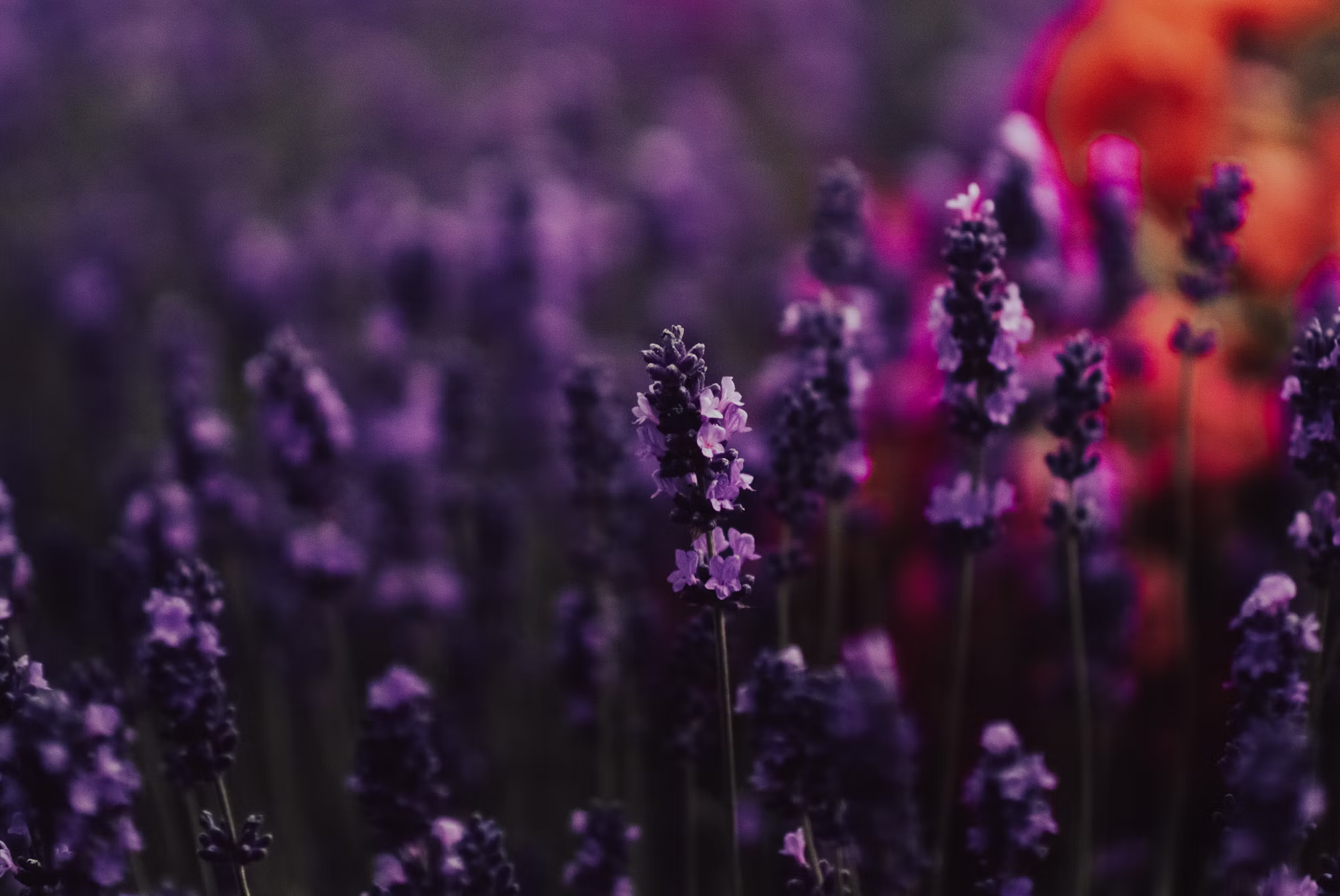Edible flowers have gained popularity in recent years as chefs and home cooks alike seek new ways to enhance their culinary creations. Beyond their aesthetic appeal, these vibrant blooms offer unique flavors, aromas, and health benefits that can elevate dishes from ordinary to extraordinary. This article will explore the fascinating world of edible flowers, their uses in cooking, and practical tips for incorporating them into your meals, allowing you to embark on a delightful culinary adventure.
The history of using flowers in cooking dates back centuries, with many cultures embracing them for their flavor and medicinal properties. From the ancient Greeks and Romans to modern culinary innovators, edible flowers have played a significant role in the culinary landscape. Today, they are celebrated not only for their beauty but also for their ability to add depth and complexity to various dishes.
Common Edible Flowers
There is a wide array of flowers that are safe and delicious to eat. Some popular choices include:
– Nasturtiums: These vibrant flowers have a peppery flavor reminiscent of arugula, making them perfect for salads and garnishes.
– Chive Blossoms: With a mild onion flavor, these purple blooms add a lovely pop of color and taste to salads, soups, and sauces.
– Calendula: Often referred to as marigolds, calendula petals can range from tangy to slightly sweet. They are often used in salads or as a natural coloring agent in dishes.
– Lavender: Known for its soothing aroma, culinary lavender adds a floral note to desserts, teas, and savory dishes alike.
– Rose Petals: Delicate and fragrant, rose petals can be used to infuse syrups, make jams, or add a touch of elegance to salads.
– Hibiscus: This tropical flower has a tart flavor, often used in beverages, jellies, and sauces.
These are just a few examples, and many more edible flowers await discovery. When choosing flowers for culinary use, ensure they are free from pesticides and chemicals, and that they are specifically labeled as edible. Always confirm with a reliable source before consuming any flower.
Culinary Uses of Edible Flowers
Edible flowers can be used in a variety of culinary applications. Here are some creative ways to incorporate them into your meals:
– Salads: Fresh edible flowers can add a burst of color and flavor to salads. Combine nasturtiums, chive blossoms, and calendula petals for a vibrant mix that delights the eyes and palate.
– Garnishes: Use whole flowers or petals to garnish dishes, soups, or cocktails. A few well-placed flowers can transform a simple dish into a visually stunning masterpiece.
– Infusions: Edible flowers can be steeped in liquids to create flavored syrups, teas, or oils. Lavender-infused honey or hibiscus tea are delightful options that add a floral twist to your favorite recipes.
– Baking: Incorporate edible flowers into baked goods for a whimsical touch. Lavender shortbread cookies or rose petal cupcakes are sure to impress.
– Ice Cubes: Freeze small edible flowers in ice cube trays with water to create beautiful floral ice cubes for drinks. These are perfect for summer gatherings and add a unique flair to cocktails or lemonade.
Health Benefits
Beyond their culinary appeal, many edible flowers offer a range of health benefits. For example, calendula is known for its anti-inflammatory properties, while hibiscus is rich in antioxidants and may help lower blood pressure. Lavender is often used for its calming effects, making it an excellent addition to teas and desserts designed to promote relaxation. By incorporating edible flowers into your diet, you can enjoy not only their delightful flavors but also their nutritional advantages.
Growing Your Own Edible Flowers
Growing your own edible flowers is an enriching experience that allows you to explore flavors and culinary possibilities right from your garden. Many edible flowers are easy to cultivate, making them perfect for beginners. Here are some tips for starting your own edible flower garden:
1. Choose the Right Location: Most edible flowers thrive in sunny spots with well-drained soil. Select a location that receives at least six hours of sunlight daily.
2. Select Your Flowers: Start with a few easy-to-grow options, such as nasturtiums, pansies, or marigolds. Research their growing requirements to ensure optimal growth.
3. Planting: Follow the planting guidelines for each flower, taking care to space them appropriately to allow for growth. Regular watering and occasional fertilization can support healthy development.
4. Harvesting: Once your flowers bloom, you can begin harvesting them for culinary use. Gently pluck flowers in the morning when they are at their freshest, and avoid using flowers that have been treated with pesticides.
5. Preservation: If you have an abundance of blooms, consider drying or freezing them for future use. Dried flowers can be used in teas, baking, or as decorative elements in dishes.
Final Thoughts
Edible flowers open up a world of culinary exploration, allowing you to enhance your dishes with vibrant colors and unique flavors. By incorporating these blooms into your cooking, you can create visually stunning meals that also nourish the body and soul. Whether you choose to buy them from a local market or grow your own, the joys of working with edible flowers are boundless. So, embark on this delightful culinary journey and discover the endless possibilities that edible flowers have to offer. As you experiment with flavors and presentation, you’ll find that these blooms not only beautify your plates but also enrich your cooking experience.
